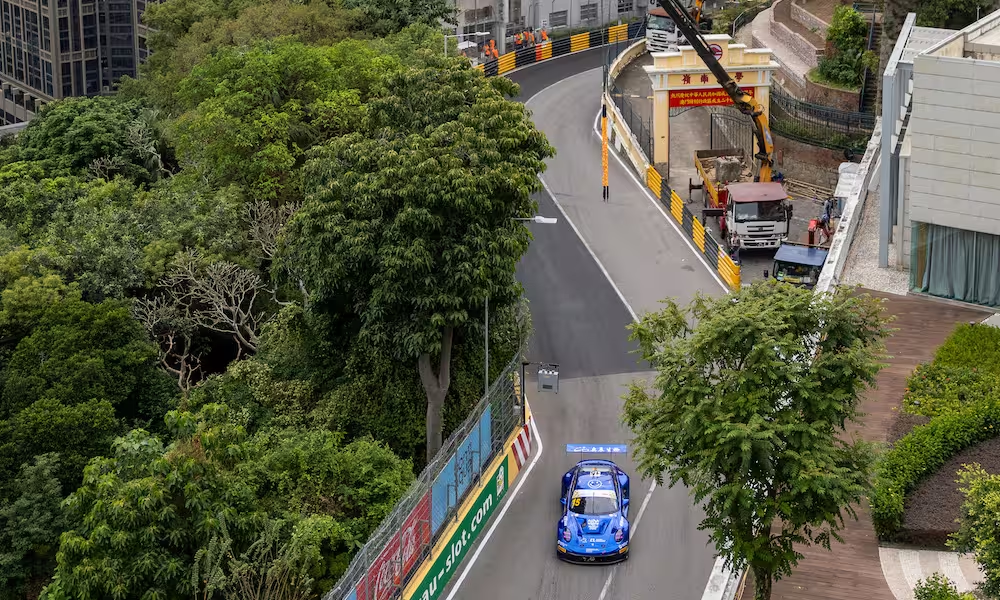It’s up there with the best of them. The Macau Grand Prix, which brings together a range of motorsport disciplines from single seaters to superbikes, is one of the sparkling gems on the racing calendar.
Like many of the great spectacles its rubs shoulders with in terms of prestige – Le Mans, Monaco, Indianapolis, Bathurst – Macau’s allure is driven by the uniqueness of the track. The Guia Circuit is a 6.12km blast through different parts of the city, which is a special administrative region of China situated across across a wide river estuary from Hong Kong. Unchanged in layout since the 1950s, the track feels like an anachronism compared with the usual venues its competitors visit.
Every lap of Macau is an adventure. Each tour starts on the wide, multi-lane roads of the port area, before peeling off into narrower side streets leading to a winding lane that runs around the forested base of a hill, crowned by the 17th century colonial Guia Fortress.
Macau offers all the extremes: one of the fastest corners in racing, one of the slowest corners in racing, and unforgiving Armco barriers lining the course. Most accidents here are big ones.
To understand how teams tackle the Guia Circuit’s unique challenge, we caught up with Fabien Fior, co-founder and team director at Absolute Racing. The team competes in the FIA GT World Cup, the current name for the premier GT race at Macau that has been running since 2008.
This year, Absolute has entered a pair of Porsche 911 GT3 Rs, driven by Alessio Picariello and FIA World Endurance champion Laurens Vanthoor. It has also fielded Bentleys and Audis in the past.
‘You can basically divide the track into two parts,’ says Fior. ‘There is a very high-speed section and there is a part with very slow corners. It makes it very difficult to have an optimum car because it’s always a compromise between sectors.’
The fast section, taking up almost a third of the lap, starts at the exit out of the final 90-degree right-hander. Cars navigate a pair of extremely fast kinks – one left-handed, the other right – before charging down to the braking zone at Lisboa, a near-90-degree right-hand rotation into the tight side streets taken at 80km/h.
Nowadays, GT3 cars can take this entire 2km section flat-out, although it still depends a lot on the driver’s will…
Click Here to Read the Full Original Article at Racecar Engineering…

